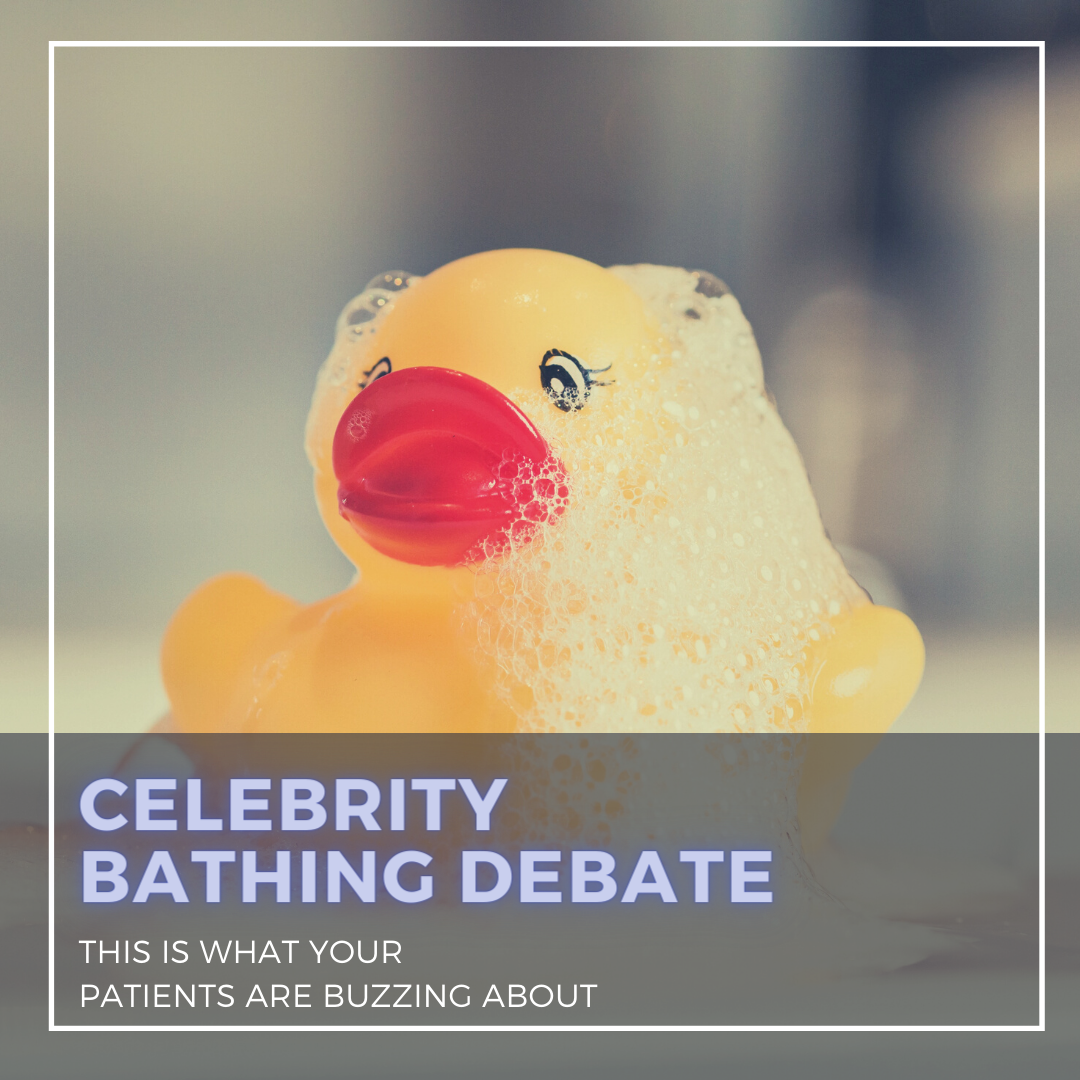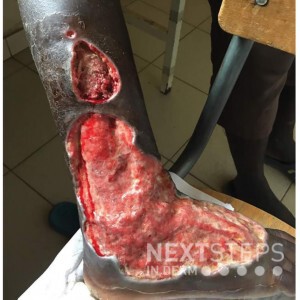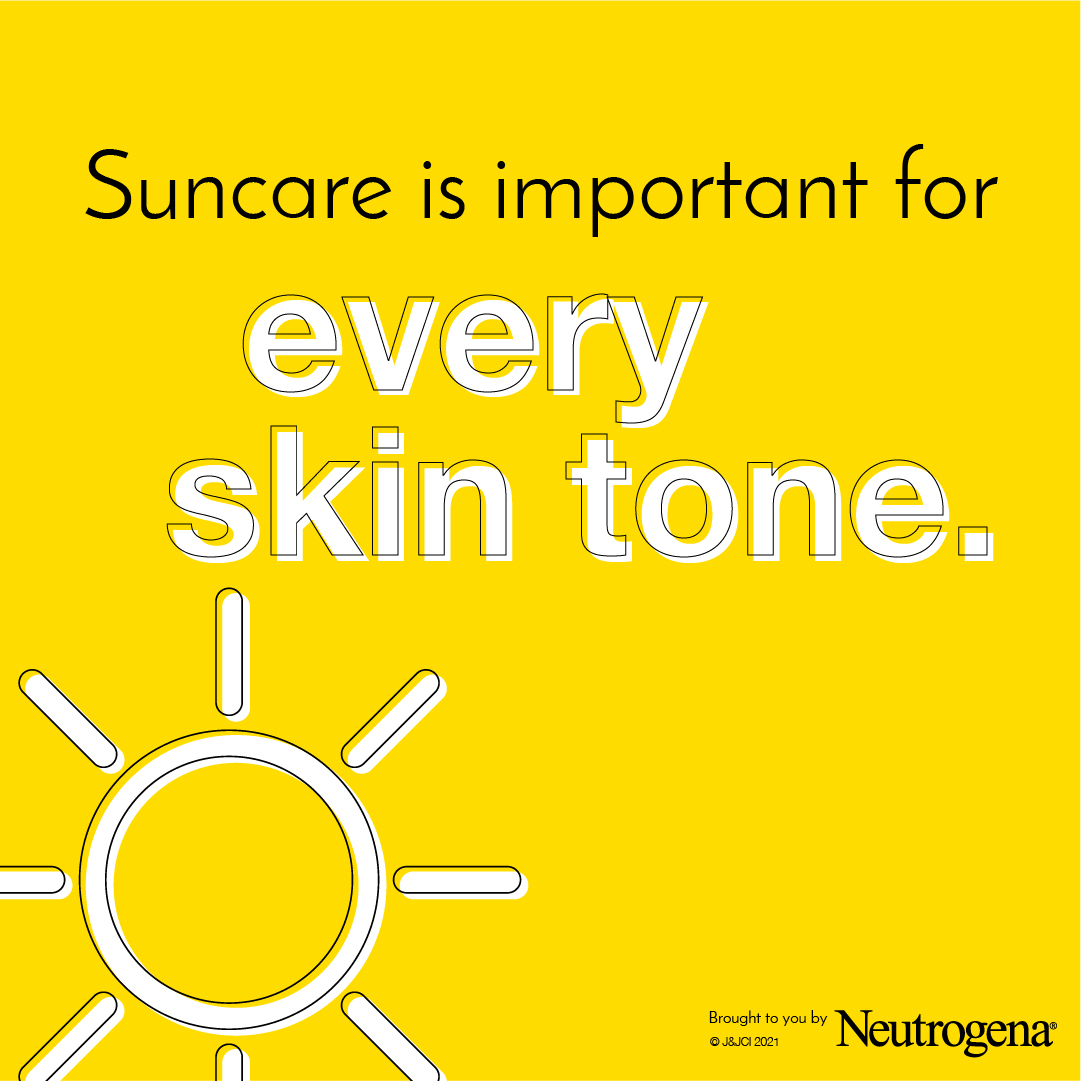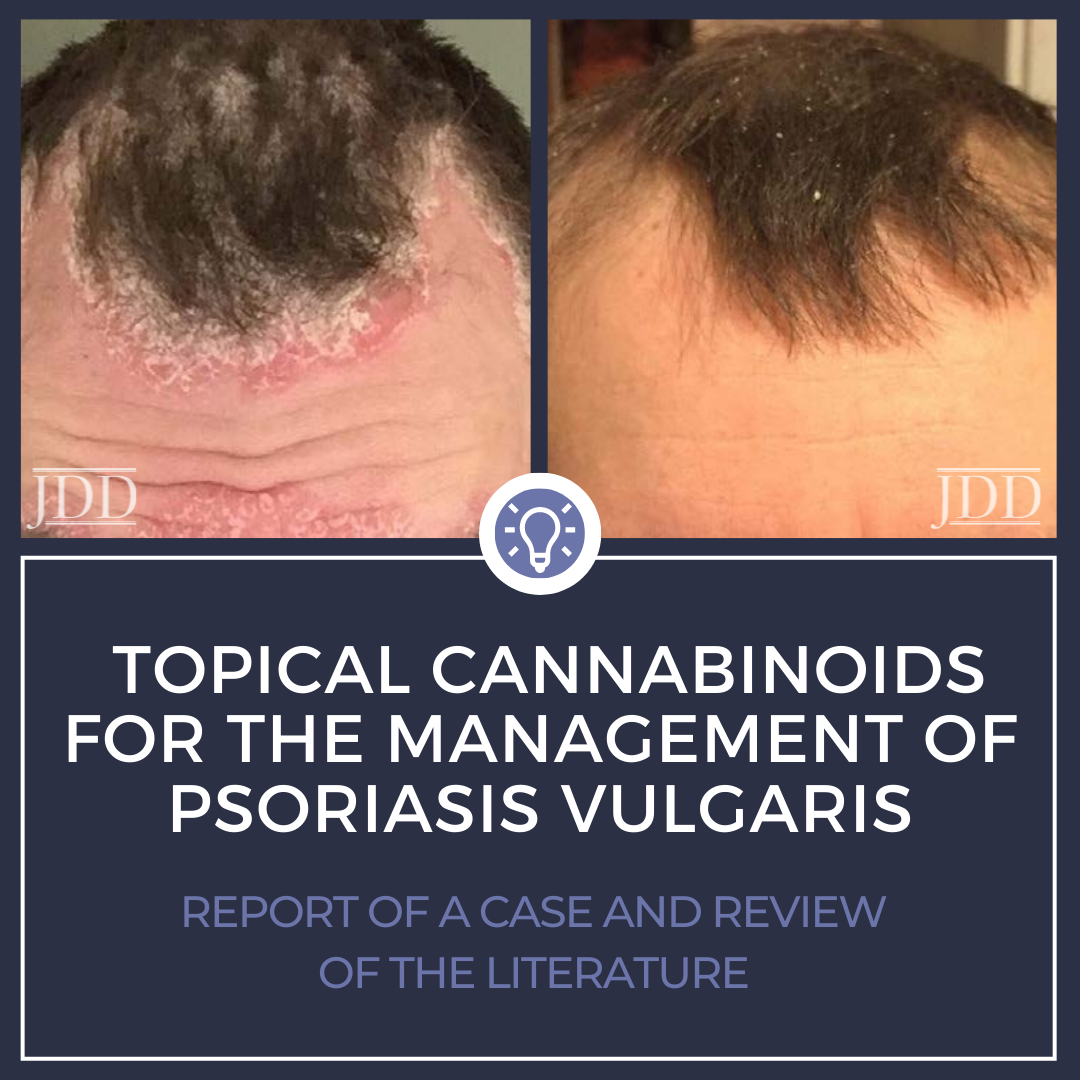Patient Buzz Series: Celebrity Bathing Debate
 This month’s Patient Buzz includes several articles that raise the question: How often should we bathe? The celebrity bathing debate started when Jake Gyllenhaal revealed in an interview that he doesn’t bathe often. Mila Kunis and Ashton Kutcher also announced that they only bathe their kids when visibly dirty.
Don’t be caught off guard when your patients ask about the celebrity bathing d …
This month’s Patient Buzz includes several articles that raise the question: How often should we bathe? The celebrity bathing debate started when Jake Gyllenhaal revealed in an interview that he doesn’t bathe often. Mila Kunis and Ashton Kutcher also announced that they only bathe their kids when visibly dirty.
Don’t be caught off guard when your patients ask about the celebrity bathing d …
 This month’s Patient Buzz includes several articles that raise the question: How often should we bathe? The celebrity bathing debate started when Jake Gyllenhaal revealed in an interview that he doesn’t bathe often. Mila Kunis and Ashton Kutcher also announced that they only bathe their kids when visibly dirty.
Don’t be caught off guard when your patients ask about the celebrity bathing d …
This month’s Patient Buzz includes several articles that raise the question: How often should we bathe? The celebrity bathing debate started when Jake Gyllenhaal revealed in an interview that he doesn’t bathe often. Mila Kunis and Ashton Kutcher also announced that they only bathe their kids when visibly dirty.
Don’t be caught off guard when your patients ask about the celebrity bathing d … Continue reading "Patient Buzz Series: Celebrity Bathing Debate"


 This Nigerian patient tells you that he is a farmer. Which of the following is the most likely causative organism?
A. M. marinum
B. M. tuberculosis
C. M. kansasii
D. M. ulcerans
E. M. fortuitum
To find out the correct answer and read the explanation, click here.
Brought to you by our brand partner Derm In-Review. A product of SanovaWorks.
…
This Nigerian patient tells you that he is a farmer. Which of the following is the most likely causative organism?
A. M. marinum
B. M. tuberculosis
C. M. kansasii
D. M. ulcerans
E. M. fortuitum
To find out the correct answer and read the explanation, click here.
Brought to you by our brand partner Derm In-Review. A product of SanovaWorks.
…  Suncare is important for every skin tone.
The risk of sunburn and skin cancer correlate with skin type – not ethnicity.1
Ethnicity does not confer skin type.
Our population is changing rapidly, and within the next few decades minority populations will become the majority.1,2
African Americans, Asians, Hispanics, Middle Easterners, Asian Pacific Islanders, Native Americans, or individuals …
Suncare is important for every skin tone.
The risk of sunburn and skin cancer correlate with skin type – not ethnicity.1
Ethnicity does not confer skin type.
Our population is changing rapidly, and within the next few decades minority populations will become the majority.1,2
African Americans, Asians, Hispanics, Middle Easterners, Asian Pacific Islanders, Native Americans, or individuals …  Which of the following is the most appropriate treatment of this infant’s painful finger?
A. Incision and drainage
B. Acyclovir
C. Foscarnet
D. Dicloxacillin
E. Clindamycin
To find out the correct answer and read the explanation, click here.
Brought to you by our brand partner Derm In-Review. A product of SanovaWorks.
…
Which of the following is the most appropriate treatment of this infant’s painful finger?
A. Incision and drainage
B. Acyclovir
C. Foscarnet
D. Dicloxacillin
E. Clindamycin
To find out the correct answer and read the explanation, click here.
Brought to you by our brand partner Derm In-Review. A product of SanovaWorks.
…  Authors Adam J. Friedman MD, Kimia Momeni BS, and Mikhail Kogan MD present a case of a young man with psoriasis managed with topical cannabinoids.
Introduction
The interest in use of medical cannabis for chronic dermatologic conditions such as psoriasis, eczema, and acne has been growing mostly owing to rapidly emerging decriminalization across the country and impressive commercially driven popu …
Authors Adam J. Friedman MD, Kimia Momeni BS, and Mikhail Kogan MD present a case of a young man with psoriasis managed with topical cannabinoids.
Introduction
The interest in use of medical cannabis for chronic dermatologic conditions such as psoriasis, eczema, and acne has been growing mostly owing to rapidly emerging decriminalization across the country and impressive commercially driven popu …